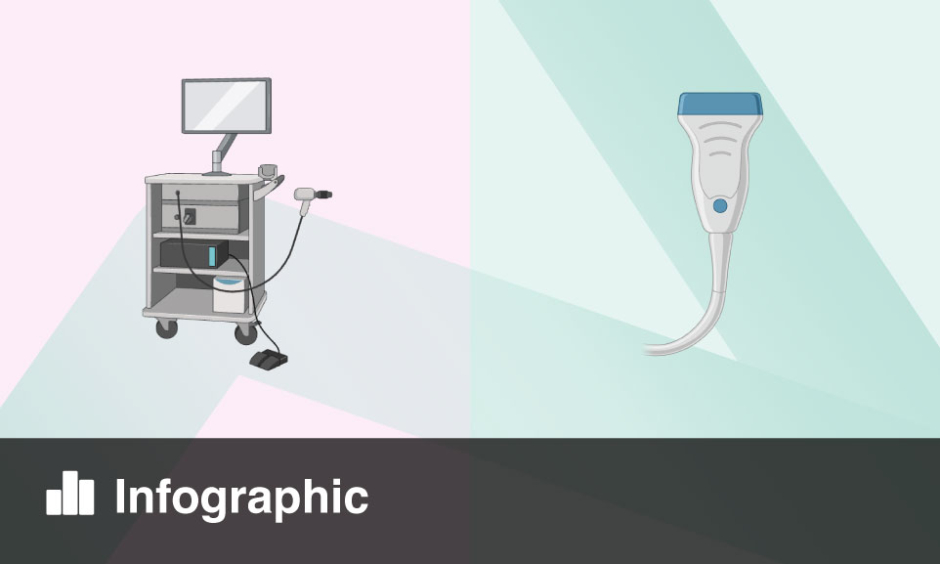Kendra Grubb | Surgical Director of Structural Heart and Valve Center and Associate Professor of Cardiovascular Surgery at the Division of Cardiothoracic Surgery, Department of Surgery, Emory University School of Medicine, Atlanta, Georgia, USA
![]()
After graduating from the University of Southern California, what influenced your decision to specialise in cardiothoracic surgery and interventional cardiology?
I decided to be a surgeon when I was very young. I used to say that I was 5 years old when I first told people I was going to be a surgeon; my father has since corrected me and has said that it was actually at 3. I went to medical school to become a surgeon; it was just a matter of figuring out which specialty. Therefore, I chose the traditional general surgery pathway, which is a 5-year residency. During my second year of training, I was on my first cardiothoracic surgery rotation and immediately I knew that operating on the heart was how I wanted to spend my career. I enjoyed the fine suturing and found the anatomy and pathophysiology fascinating, but even more, I was drawn to the impact I could make on a person’s life. With a successful operation, I could make people feel better and add 20 years to their life.
As for additionally specialising in interventional cardiology, that had to do with developing a niche. Prior to medical school, I completed a Master of Health Administration, which is essentially a Master of Business Administration for healthcare. In addition to confirming that I did not want to be in business, I also learned the importance of developing a niche. Transcatheter therapies, specifically transcatheter aortic valve replacement (TAVR), were just coming into practice when I was in training. As soon as I saw my very first TAVR I knew that I wanted to take part in using the cutting-edge technology. At that time, TAVR was only for patients who were high-risk or inoperable, too old or too sick for open surgery. With the new transcatheter devices, we could help a population of patients who had no other options, which was extremely exciting. Now, of course, TAVR is approved for all risk groups and we have transitioned to optimising the techniques and to the lifetime management of patients who may require multiple valves throughout their life. We have also seen the evolution from TAVR to a structural heart and valve team, which treats all four heart valves and other anatomic lesions in the heart.
Interventional cardiology is a field of medicine that has significantly benefitted from technological developments; are there are any new tools on the horizon that you are especially anticipating?
Interventional cardiology, more specifically structural heart and valve, is a really exciting field right now. Early in my career, the focus was on TAVR and then every 6 months we seemed to adopt a new technique or device; it was a really exciting time. Now, TAVR is a mature technology and we are focusing on optimisation and starting to develop techniques for valve failure. I work with two pioneers in cardiac electrosurgery; they are leading the way for being able to lacerate the leaflets of the failed valves or removing the diseased leaflets completely, and are creating innovative novel therapies for patients who have no other options.
On the industry side, a whole host of devices are going through trials, early feasibility and pivotal, for the mitral valve and tricuspid. I suspect it will take a lot longer for these devices to become available as the causes of disease are more diverse and the anatomy much more complex. Yet, we remain hopeful because there is a very large patient population who have no surgical options and medical therapy alone does not correct a heart anatomic problem. Beyond valves, there is also really exciting technology to treat advanced heart failure by remodelling the left ventricle. The trials are ongoing, but so far the results are promising.
In the USA, women account for only 4–5% of cardiac surgeons and interventional cardiologists. Why do you think this is the case, despite women making up around one-half of medical school students?
It is multifactorial. I am fortunate to have an interventional cardiologist who is a woman as my partner on the structural heart team, but it is really uncommon for a programme to have two women operators. There are many reasons why women choose not to enter the cardiovascular subspecialties: some of it is due to a perception of the demands of the job and the challenges of being the only woman on a programme, but also important is the need for mentorship and sponsorship. When we look at the distribution of women who do TAVR in the USA, over 30% of the states do not have a woman implanter, surgeon, or interventional cardiologist. It would be very challenging as a medical student in those states to decide to enter the field.
This is compounded by the lengthy training required at a time in a woman’s life when starting a family may be a priority. Cardiac surgery or interventional cardiology training is a minimum of 6 years and for many residents it will take even longer with the addition of advanced fellowships or designated research time. For me, after medical school, I was in training for an additional 8 years: general surgery for 5, cardiothoracic surgery for 2, and an advanced fellowship in interventional cardiology and transcatheter therapies for another 1 year. With the addition of a Master’s, I was 36 years old when I started my first year as an attending. For many women in medical school, the path is too long and uninviting.
You have been described as a champion for female cardiovascular disease, which is the most common cause of death among women worldwide; how does this disease affect women differently to men?
Cardiovascular disease is the number one killer of women in the USA and worldwide. Although heart attack and stroke are common in both men and women, the bigger concern is that women tend to have worse outcomes. For example, the mortality for women after heart surgery is higher than for men and this is true for medical therapy for cardiovascular disease as well. Why the difference? There are many theories, but we really do not have a reason. There is often a delay in presentation as well as diagnosis for women with cardiovascular disease. Also, most of the early pharmaceutical trials enrolled predominantly men and the result may not be generalisable to women.
As a member of Women in Thoracic Surgery, could you tell our readers about the aims of this organisation?
Women in Thoracic Surgery is an organisation of women surgeons that promotes women in the field through mentorship and community. The goal of Women in Thoracic Surgery is to help women become leaders in the field and to eliminate gender disparities.
Could you share the key conclusions drawn from your recent paper: ‘Safety of same-day discharge after uncomplicated, minimalist transcatheter aortic valve replacement in the coronavirus disease (COVID-19) era’?
Due to the constrains of the coronavirus disease (COVID-19), we had to be creative in our approach to patient care. Patients were afraid to come to the hospital for procedures and we were not allowing family members to stay with them. This became a major obstacle for us when providing needed valve procedures and resulted in patients delaying their care and then presenting much further along in the disease process; they were much sicker. Our routine minimalist patient pathway, with conscious sedation and next day discharge, had been in place for a long time. We were able to leverage our experience and develop a protocol to send patients home the same day as the TAVR. The family would drop the patient off early in the morning and wait in the car for their loved ones to meet the discharge criteria. The paper mentioned in the question is the summary of our early patient experience and we found there was no difference between the patients who were sent home the same day and the patients who were on our traditional next day discharge pathway. The patients loved it, the families appreciated our commitment to protecting patients from exposure to COVID-19, and we were able to decrease our bed utilisation and conserve resources in order for the system to care for more patients with COVID-19, albeit in a separate part of the hospital.
How has COVID-19 affected your day-to-day practice and what lessons have you learnt since the start of the pandemic?
There are so many lessons from trying to care for heart patients during the COVID-19 era; it’s an entire separate discussion and we could spend all day talking about it.
In short, COVID-19 forced us to be very thoughtful in our approach to patient care. We were forced to achieve the same level of care without the patient spending a tremendous amount of time at that hospital. For the initial patient visit, we transitioned to telehealth and had Zoom visits with the patients and their families. We instituted the same day discharge protocol that I mentioned in the previous question, and prioritised patients who were most in need of the procedure but were also the most likely to not require a stay in the intensive care unit or multiple days in the hospital. We focused on much-needed efficiencies to continue to deliver the highest level of care. Frankly, most of the changes were needed pre-COVID-19 and our programme, and patient care, will benefit from the changes we have made.
What do you hope that the future working in cardiothoracic surgery and interventional cardiology will bring, for both patients and clinicians, and in your career ahead?
As we discussed, cardiovascular disease (heart attack, congestive heart failure, and stroke) is the leading cause of death worldwide. Especially in the USA, we have the most cutting-edge technology and innovative procedures and techniques, but we don’t focus enough on prevention or early recognition of disease. Often, we see patients so far along the disease process that there is little to offer, and this makes the procedure a much higher risk. My hope for the future is that we find ways for earlier detection of disease and opportunities for intervention, before the disease advances and the patient is at the end stage. Although this may sound like I am trying to put myself out of business, in fact I am not; prevention is key and early detection allows for early intervention and this is the best opportunity to improve a patient’s quality of life and longevity.








